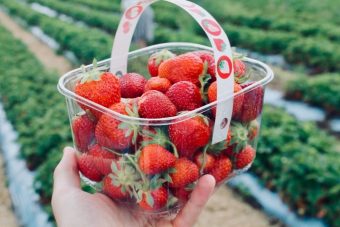
The European Union continues to tackle environmental, plastic and waste-related issues. There is an agreement in place between the European Parliament and the Council on the revision of existing rules regulating the use and recycling of packaging waste, to improve the sustainability and safety of packaging used in the EU.
Certain single-use plastic products such as plastic straws, cutlery, plates, balloon sticks, cups and food and drink containers made from polystyrene are banned under the EU Single-Use Plastics Directive, as well as all products made from oxo-degradable plastic. The EU has also looked at many other materials and microplastics and is gradually tightening its rules.
As each European produces almost 190 kilogrammes of this type of waste per year, the new initiative aims to ensure that all packaging can be recycled, to drastically reduce unnecessary and harmful packaging and to increase the use of recycled content in new packaging materials.
More:
- AN INTERNATIONAL LEGALLY BINDING INSTRUMENT ON PLASTIC POLLUTION TO BE CREATED BY THE END OF 2024
- WHAT TO EXPECT DURING PIVOTAL TALKS TO END PLASTIC POLLUTION
- MUNICIPAL WASTE REDUCTION – FACTORS AND METHODS
As stated on the European Parliament’s official website, certain types of single-use plastic packaging, such as packaging for unprocessed fresh fruits and vegetables and food and drinks used in cafes and restaurants, such as sachets for spices, sauce, sugar and the like, mini packaging for cosmetic products and shrink wrap for suitcases at airports will be included in the list of banned packaging from January 1st, 2030.

Also, the use of PFAS substances in packaging that comes into contact with food will be banned. The mentioned substances are synthetic chemicals used to achieve higher packaging resistance. Although often useful for waterproof clothing, firefighting foam and many others, they will not be used in food packaging.
The targets also apply to food suppliers who should provide their own containers for their customers and should have at least 10 per cent of their products packaged in reusable packaging.
The decision to implement these new rules reflects a broad commitment to reducing the environmental impact of packaging, thus encouraging the use of sustainable materials and innovation in the packaging industry.
Energy portal



